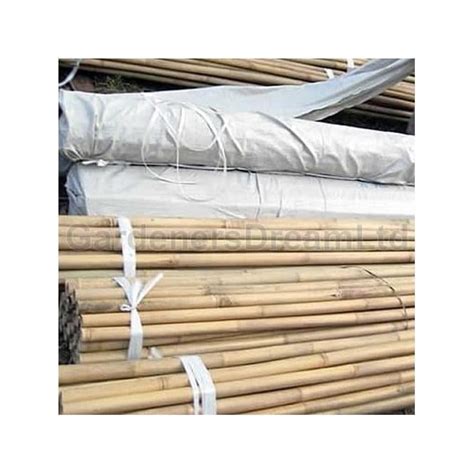Utilising bamboo canes in the garden provides a natural and robust solution for supporting plants. The diameter of a bamboo cane is typically measured at its base, which is the thickest part. For gardeners seeking to safeguard the tops of these canes, Green Rubber Garden Bamboo Cane Topper Protectors are available. These end caps not only protect the cane tips but also prevent injury to gardeners from sharp edges.
Bamboo Cane Topper Protectors (search)

Coppicing hazel is suggested as a cost-effective alternative for a better yield of canes. When constructing support structures for plants such as beans or peas, a double row method can be employed by planting two rows about 1 foot (30cm) apart, with canes inserted on each side and tied at the top with string.
In an orchard setting, bamboo can serve as nesting material to encourage red mason bees. Special cane grips are designed to simplify the construction of sturdy bamboo structures. It’s crucial to note that the thickness of individual canes in a bale may vary significantly. A recommended method for adding stability to a structure is by placing an extra cane along the top with supporting ‘guy rope’ strings at each end.
Bamboo, a member of the grass family, typically thrives in warm and moist tropical or warm temperate climates. For keeping stems and canes dry, trim them to be 3 cm shorter than the protective cylinder, using sharp garden clippers. With a variety of sizes available, bamboo canes offer not just support but also add height, colour, texture, and movement to the garden landscape.

